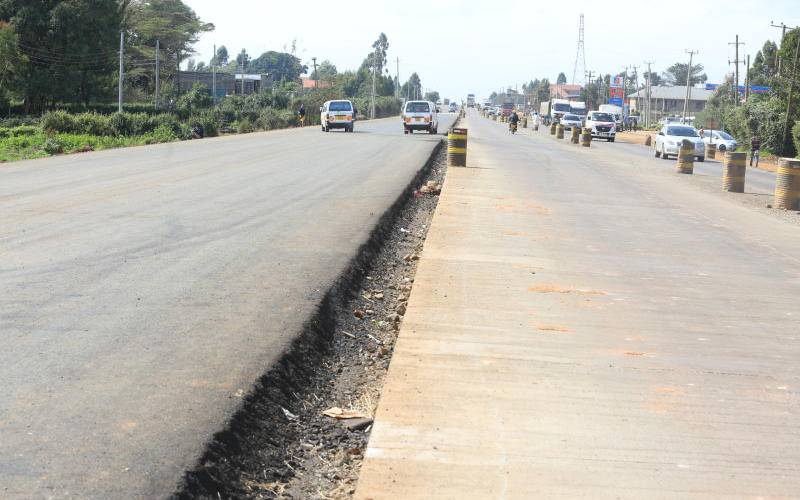×
The Standard e-Paper
Fearless, Trusted News

Nairobi Nakuru highway under construction at Rironi area.[George Njunge, Standard]
Motorists could pay at least Sh1,000 to use the highway between Rironi and Mau Summit once it is upgraded.